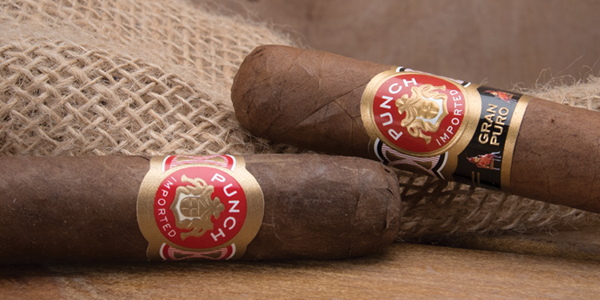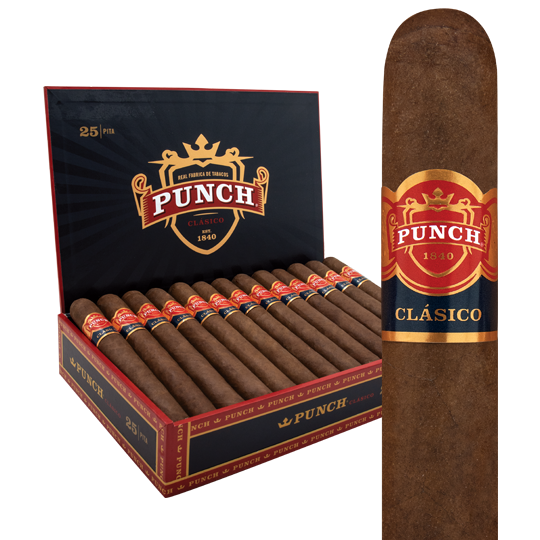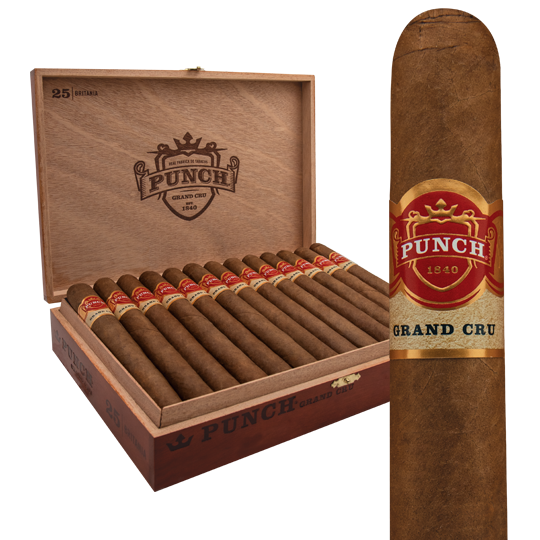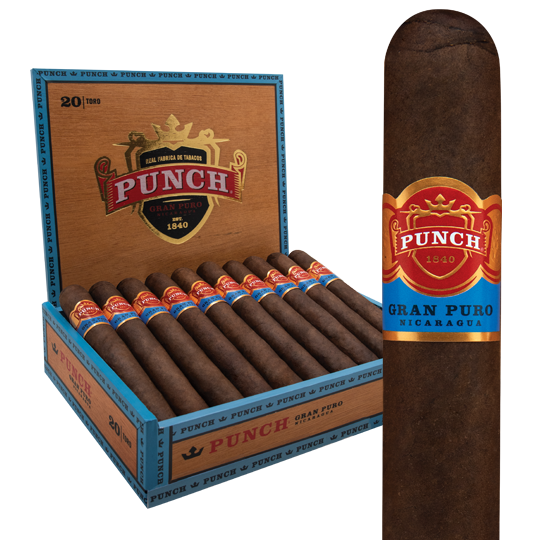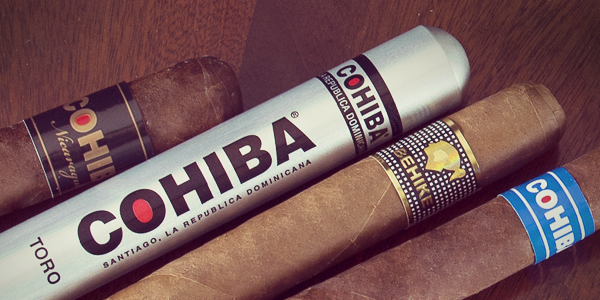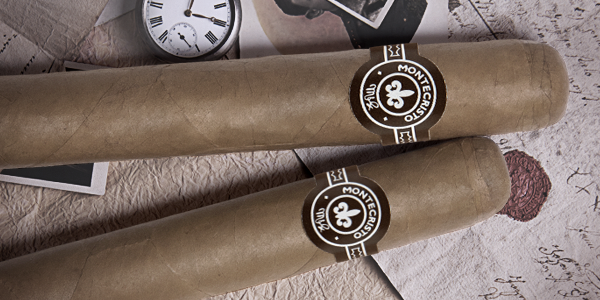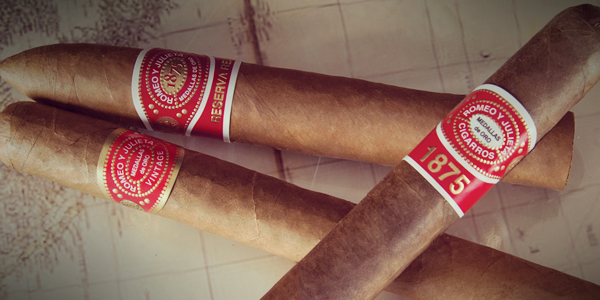History of Punch Cigars
Imagine if today you tried naming a cigar after Kermit the Frog. You’d be accused of something akin to child endangerment for associating a beloved doll with tobacco. The 19th century, it seemed, was a bit less rigid in terms of recognizing art and that’s how a Cuban cigar came to be named for a puppet. Or marionette. The one with the strings. The character was ‘Mr. Punch,’ the star of a British (or German?) show popular largely at the beach. Mr. Punch’s wife, Judy, or some hapless third character, was often the victim in a pretty violent show. Essentially, we’d call it domestic abuse.
None of our 21st century sensibilities played on a German fellow named ‘Stockmann’ who registered the Punch brand in 1840, a year before a British magazine featuring a ‘Mr. Punch’ was first published. The magazine’s character always had a cigar in its hand, so the idea arose (and is perpetuated by the clown’s image on the Cuban box) that the magazine was the source of the naming of the cigar, but the original Punch cigar was created before the magazine. Because of the fame of the Punch name in the United Kingdom, the Punch cigar became vastly popular there. The brand was sold in 1874 and then again 10 years later to Manuel López Fernandez, whose name is still found on Cuban Punch bands and boxes. That’s when Punch really took off.
López retired in 1924 and the company lasted just until 1929, the year of the worldwide depression. The company’s financial troubles resulted in its being acquired in 1930 by Fernandez, Palicio y Cia. Punch rose again to join the company’s other brand, Hoyo de Monetrrey, as one of the world’s best.
Jump to 1960 and the nationalization of the Cuban cigar industry by the Castro revolution. Fernando Palicio, like so many other cigar-makers, fled to Florida. Seeing little future for the Cuban cigar business, Palicio sold his brands to Frank Llaneza and Dan Blumenthal, owners of Villazon & Co. Today, General Cigar owns the brands and continues to make Punch and Hoyo de Monterrey cigars in Honduras.
The Castro gang continued to make Punch in Cuba as well, though it lost some of its international luster. If you know your Cuban cigars, however, you’ll especially appreciate the Punch Punch, called a Corona Gorda at 46 x 5 5/8. It’s easily one of my favorite Cubans, when it’s right. It sells for about $25 in London, but is generally available for less at duty-free shops. The flavors are reminiscent of wood and nuts, with some floral aspects. Made wrong, which the Cubans did on too many occasions, and it’s a harsh cigar with a bad burn. Lately, they’ve been good. I’m not sure why, but a slightly fatter version, the Punch Punch 48, came out a couple of years back. It was less expensive and fairly complex. Not sure if it’s still around. Both versions are medium-strength.
The Double Corona (49 x 7 5/8), Churchill (47 x 7) and Super Selection No. 2 (a Corona Grande, 42 x 6 1/8, which has been discontinued and replaced by the No. 1) are also among the more coveted Cuban Punch shapes. These were all medium-powered cigars, but very rich in flavor. The Cuban Punch and Hoyo de Monterrey continue to be made in the same factory, La Corona, in Cuba.
The non-Cuban to compare, for me, to the Punch Punch is the Honduran Punch Grand Cru ‘Britania,’ a Toro at 50 x 6 1/4. This is a bit stronger than the Cuban Punch, but because the Grand Cru tobacco gets an extra few years of aging, there’s a little bit of a sweet edge that nicely balances the power and spice of the smoke. The wrapper is Connecticut Shade. The brilliant thing is that the Britania sells for less than $8. If you want a larger cigar in this line, give the ‘Diademas’ a try. It’s a Double Corona, 50 x 7 1/2, also with Connecticut Broadleaf wrapper and filler from Honduras, the Dominican Republic and Nicaragua. Less than $9!
The great thing about buying the best Punch cigars in the free-world is that there’s a lot of variety. The Nicaraguan Punch Gran Puro is a very highly rated cigar that combines a chocolatey Connecticut Broadleaf wrapper with Nicaraguan binder and filler to create a medium-full blend. Everything from a Rothschild, 48 x 4 7/8, at around $5, to a Churchill, 54 x 7 1/2, at about $7, is available in this line. Want a natural wrapper? There’s a peppery Honduran version of the Gran Puro. Give the Punch Signature, with a Corojo wrapper around a combo of Nicaraguan, Dominican and Honduran fillers, a try. You’ll like the spice. I like the Torpedo, 52 x 5 3/4, for less than $8.
If you really want to get ‘punchy,’ there’s also a Mr. Punch Bobblehead available. Just $24.95 at Holts.com. Just be careful not to scare the kids.

